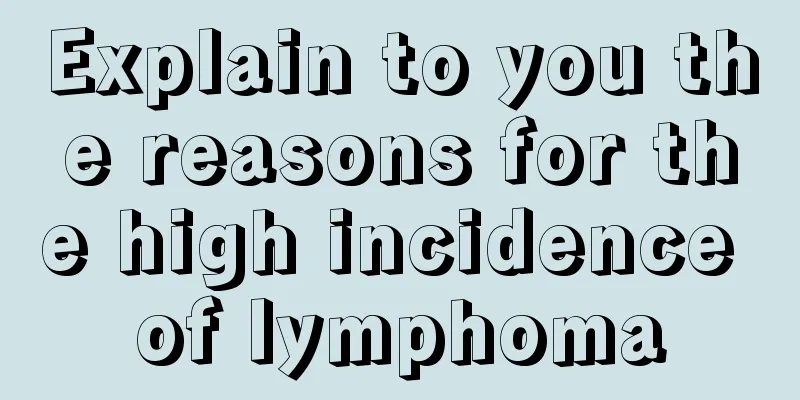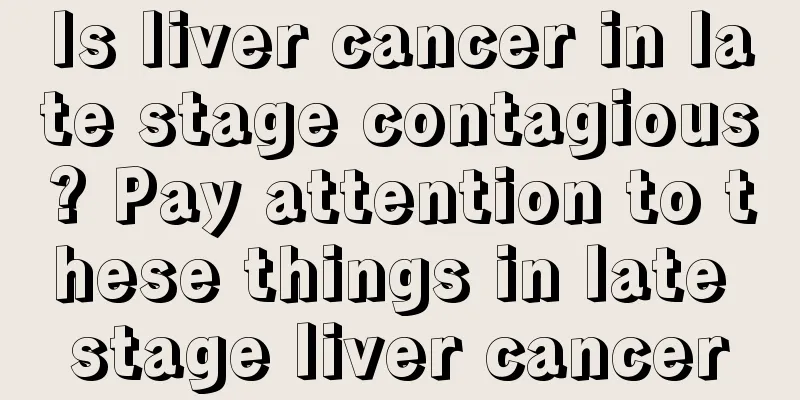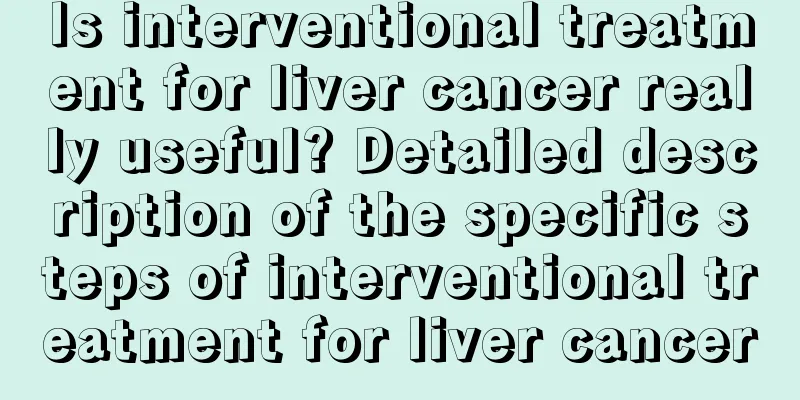How to deal with the digestive tract reaction of nasogastric feeding for esophageal cancer

|
As the superiority of enteral nutrition becomes increasingly evident, nasogastric feeding has been widely used in clinical practice, especially for patients with esophageal cancer who have difficulty swallowing. However, various gastrointestinal adverse reactions caused by nasogastric feeding also make patients extremely painful, so it is very important to understand the relevant coping measures. Nausea and vomiting: Patients may experience nausea, vomiting and unconsciousness, which may cause aspiration, lung infection, etc. The cause of this phenomenon may be the rapid infusion of hypertonic nutrient solution, excessive single feeding volume, or the bad smell of enteral nutrient solution, which may lead to vomiting. If more than 150 ml of fluid remains in the patient's stomach 2 hours after nasogastric feeding, it can be considered as gastric retention. Observe the secretions to distinguish whether it is normal secretions or gastrointestinal reflux. If it is the latter, it needs to be closely observed and cleared in time. At the same time, the head of the bed should be raised to observe whether there is abdominal distension in the abdomen. Suction the gastric tube to observe the amount of gastric fluid retention. If the amount of gastric fluid retention exceeds 150 ml, the drip of nutrient solution should be suspended for 2 to 4 hours and the doctor should be notified in time; try to let the patient use low-fat nutrient solution. Poor digestion or absorption: Patients with esophageal cancer often suffer from indigestion, which is manifested by weight loss, diarrhea, anemia, bleeding, dermatitis, edema, etc. Therefore, patients should be closely monitored during enteral nutrition, and should switch to parenteral nutrition if symptoms of poor digestion or absorption occur. Constipation: After surgery, patients with esophageal cancer are weak and need to stay in bed for a period of time. Intestinal motility weakens, which can cause constipation. At this time, patients should be given dietary guidance, and vegetables and fruits should be added in time to promote gastrointestinal emptying; patients should be encouraged to move their limbs appropriately, and family members can give patients abdominal massages to promote defecation; at the same time, attention should be paid to the balance of water intake and output, and enteral nutrition preparations rich in cellulose should be used instead. If it is still ineffective, laxatives and drugs that increase gastric motility should be given according to the doctor's advice. Diarrhea: Diarrhea patients can be treated with diet therapy, which is both economical and effective. To prevent diarrhea, patients should start with a small dose of enteral nutrition solution during nasogastric feeding. The temperature should not be too low and should be heated to about 38°C to avoid irritating the gastrointestinal tract and causing adverse reactions. |
<<: 3 Cases of Dietary Recipes for Nasopharyngeal Carcinoma
>>: Psychological adjustment measures for laryngeal cancer patients at different stages
Recommend
What dried fruits are good for pregnant women
Only when the pregnant woman's body is adequa...
Can I eat dragon fruit if I have high blood sugar?
Many friends think that pitaya has many benefits ...
The efficacy and function of fresh lotus root juice
Lotus root is a must-have food on the home table ...
What tests should be done for prostate cancer? There are four tests for prostate cancer
The prostate is a very important organ for men. I...
How many years does 10 courses of chemotherapy for prostate cancer last? What are the treatments for prostate cancer?
How many years can 10 courses of chemotherapy for...
Nursing for potential complications of kidney cancer
Kidney cancer is a cancer disease. When such a di...
Why does eating too many plums cause stomachache?
Many people like to eat plums, but it should be n...
What to do about osteoporosis? How to treat osteoporosis
Symptoms of osteoporosis often include joint pain...
Is the egfr gene test expensive?
For people with cancer, especially lung cancer, d...
One ear is buzzing
The nerves inside the human ear are also very com...
What are the dangers of papillary thyroid cancer? How long can a person with papillary thyroid cancer live?
Papillary thyroid cancer often causes uncomfortab...
How to relieve vomiting after chemotherapy
Many patients will experience vomiting after chem...
Special acupuncture points for hangover relief
The substance that makes people drunk is not the ...
Can otitis media cause headaches?
Speaking of otitis media, it usually occurs in ch...
What to do if pimples appear on face after eating shrimp
Shrimp is a food high in protein. Many people lik...









